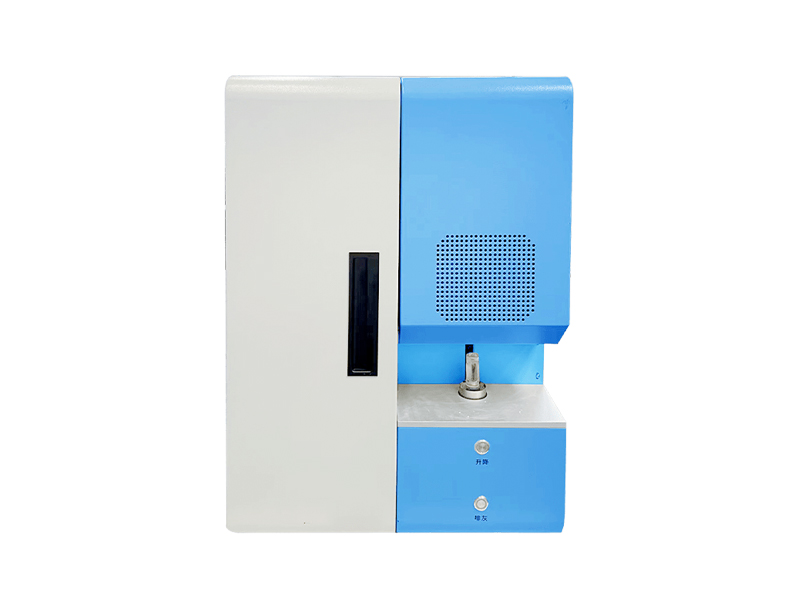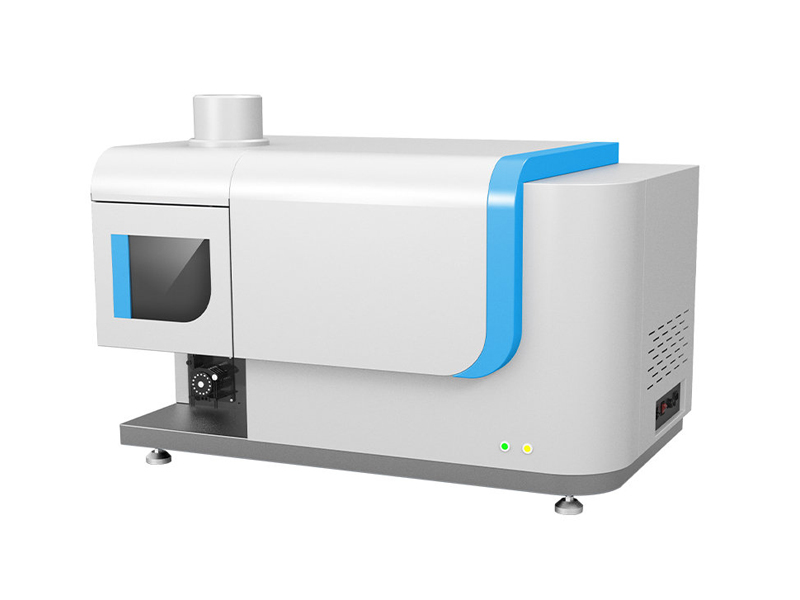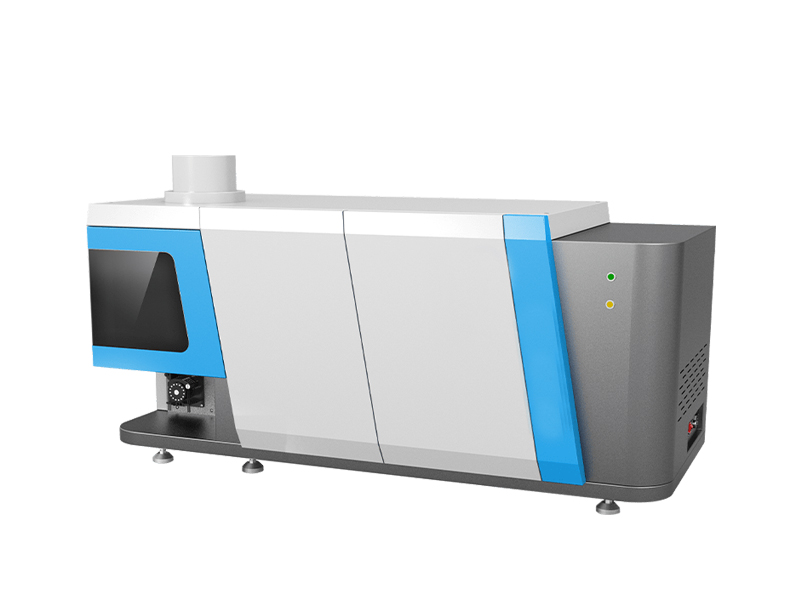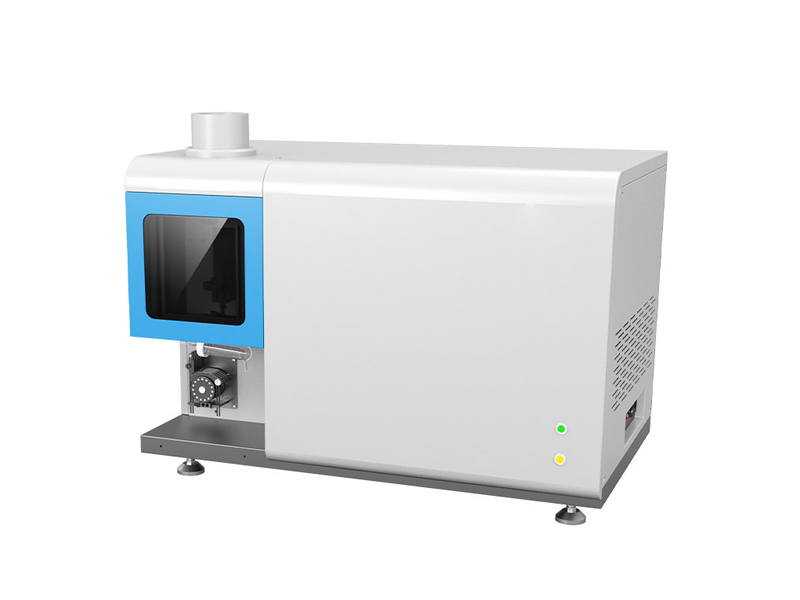In modern industrial systems, the precise detection of material composition is directly related to product quality and performance. Carbon and sulfur, as key elements that affect the mechanical strength, corrosion resistance, and environmental properties of materials, have become essential for their content detection in high-end manufacturing industries such as metallurgy, new energy, and aerospace. High frequency infrared carbon sulfur analyzer, with its advantages of high precision and efficiency, has gradually replaced traditional chemical analysis methods and become an indispensable "component decoder" in laboratories and production lines.

Core technical principle: Precise synergy between infrared absorption and high-frequency combustion
The core principle of high-frequency infrared carbon sulfur analyzer is based on the characteristic absorption effect of gas molecules on infrared light. When the sample is burned with pure oxygen in a high-frequency induction furnace (temperature up to 2000 ℃), carbon and sulfur elements are converted into CO ₂ and SO ₂ gases, respectively. These two polar molecules exhibit strong selective absorption towards specific wavelengths of infrared light (CO ₂: 4.26 μ m, SO ₂: 7.4 μ m). By measuring the degree of attenuation of infrared light intensity after gas absorption, the carbon and sulfur content in the sample can be accurately reflected.
The entire process is divided into three steps of closed-loop control:
High frequency combustion: A high-power high-frequency furnace (usually ≥ 2.5kVA) instantly melts the sample to ensure complete oxidation of carbon and sulfur;
Gas purification: The combustion gas is filtered by a super microporous metal filter (0.4-0.5 μ m) for dust removal and a desiccant for water removal to avoid interference;
Infrared detection: Gas flows into the gold plating analysis cell, and the high-sensitivity lithium tantalate or pyroelectric infrared detector captures the real-time light intensity signal, which is converted into a digital result 269 by a 24 bit high-speed sampling chip.
This principle endows the instrument with ultra-high sensitivity (with a lower limit of 0.1 ppm for carbon and sulfur detection) and wide range coverage capability (carbon: 0.00001% -99.9999%, sulfur: 0.00001% -99.9999%).
Technological Breakthrough: Five Major Advantages for Directly Addressing Industry Pain Points
Traditional detection methods such as wet chemical analysis are slow and prone to human error, while direct reading spectroscopy has insufficient sensitivity to trace amounts of carbon and sulfur. The high-frequency infrared carbon sulfur analyzer has overcome multiple industry bottlenecks through technological innovation
Improved accuracy and anti-interference performance
Adopting a dual beam infrared pool and dynamic integration algorithm, combined with fiber optic isolation technology to completely isolate high-frequency electromagnetic interference, ensuring the repeatability error of ultra-low carbon sulfur (such as ppm level) detection is ≤ 0.5% (carbon) and ≤ 1.0% (sulfur). Some models are equipped with carbon monoxide conversion devices to oxidize residual CO from combustion to CO ₂, significantly improving the accuracy of low-carbon detection.
Efficiency Innovation
The single sample analysis cycle has been shortened to 35 seconds, supporting 24-hour continuous detection, which is more than 10 times faster than traditional methods. Combined with automatic sampling and intelligent dust removal systems (such as snap on self-cleaning and high-pressure cyclone dust removal), it significantly reduces manual intervention.
Intelligent operation
Customized software based on the Windows platform, supporting channel management, curve fitting, multi-user permission settings, and data integration with LIMS system. The electronic balance automatically weighs (with an accuracy of 0.0001g), and the results are automatically stored in the ACCESS database, generating reports that comply with ISO standards with just one click.
Enhanced adaptability and security
Modular gas path design combined with constant pressure oxygen supply system, suitable for different materials (metal/non-metal/refractory alloy); Low frequency radiation shielding technology reduces the risk of high-frequency leakage; The closed combustion chamber and exhaust purification device comply with the GB 16297 environmental emission standard.
Maintenance cost optimization
The service life of key components such as platinum light sources and aviation motors exceeds 100000 hours; Ultra microporous filters can be reused without frequent replacement, reducing consumable expenses.
Application scenario: Comprehensive coverage from laboratory to industrial site
This instrument, with its flexibility and reliability, has penetrated into multiple core fields:
Steel metallurgy: control of carbon segregation in continuous casting billets, control of sulfur content in alloy steel (such as sulfur ≤ 0.015% in automotive gear steel);
New energy materials: purity testing of graphite carbon for lithium battery negative electrode (requirement ≥ 99.95%), trace sulfur analysis of photovoltaic silicon materials;
Geology and Mineral Resources: Monitoring the distribution of sulfur in the ore beneficiation process to guide environmentally friendly desulfurization processes;
Quality supervision: Third party testing institutions certify the carbon and sulfur compliance of ceramic glazes and aerospace high-temperature alloys;
Frontier research: Composition study of nuclear industry cladding materials and rare earth permanent magnets.
The high-frequency infrared carbon sulfur analyzer has become the "gatekeeper" of modern industry, and its technological evolution continues to push the boundary between materials science and manufacturing accuracy. From ensuring the high-temperature strength of aircraft turbine blades, to improving the cycle life of new energy batteries, to non-destructive identification of archaeological relics - accurate data is always the hardest cornerstone of quality.
Article address:https://www.spectrometer.top/news/28.html


 Current
location:
Current
location:









